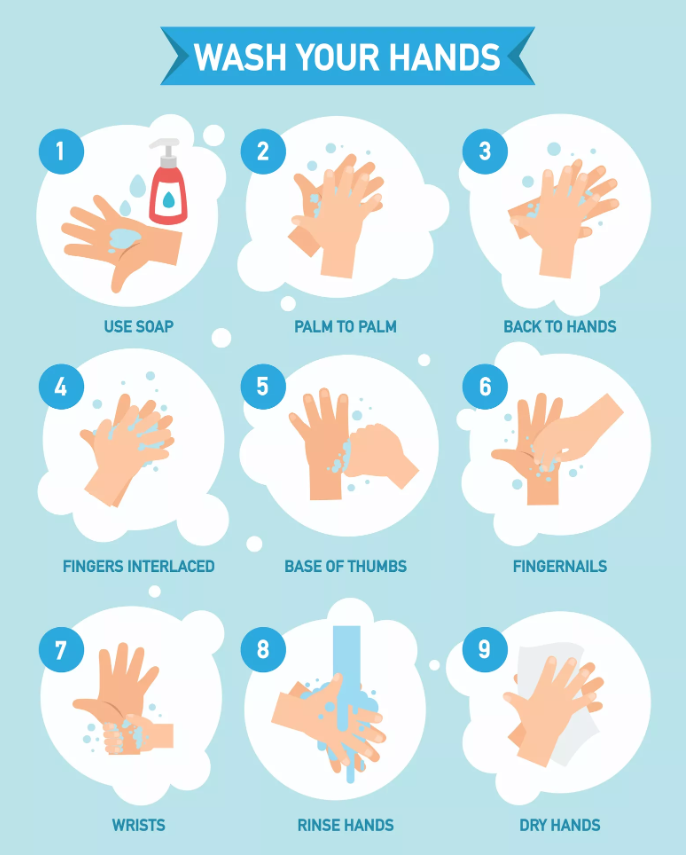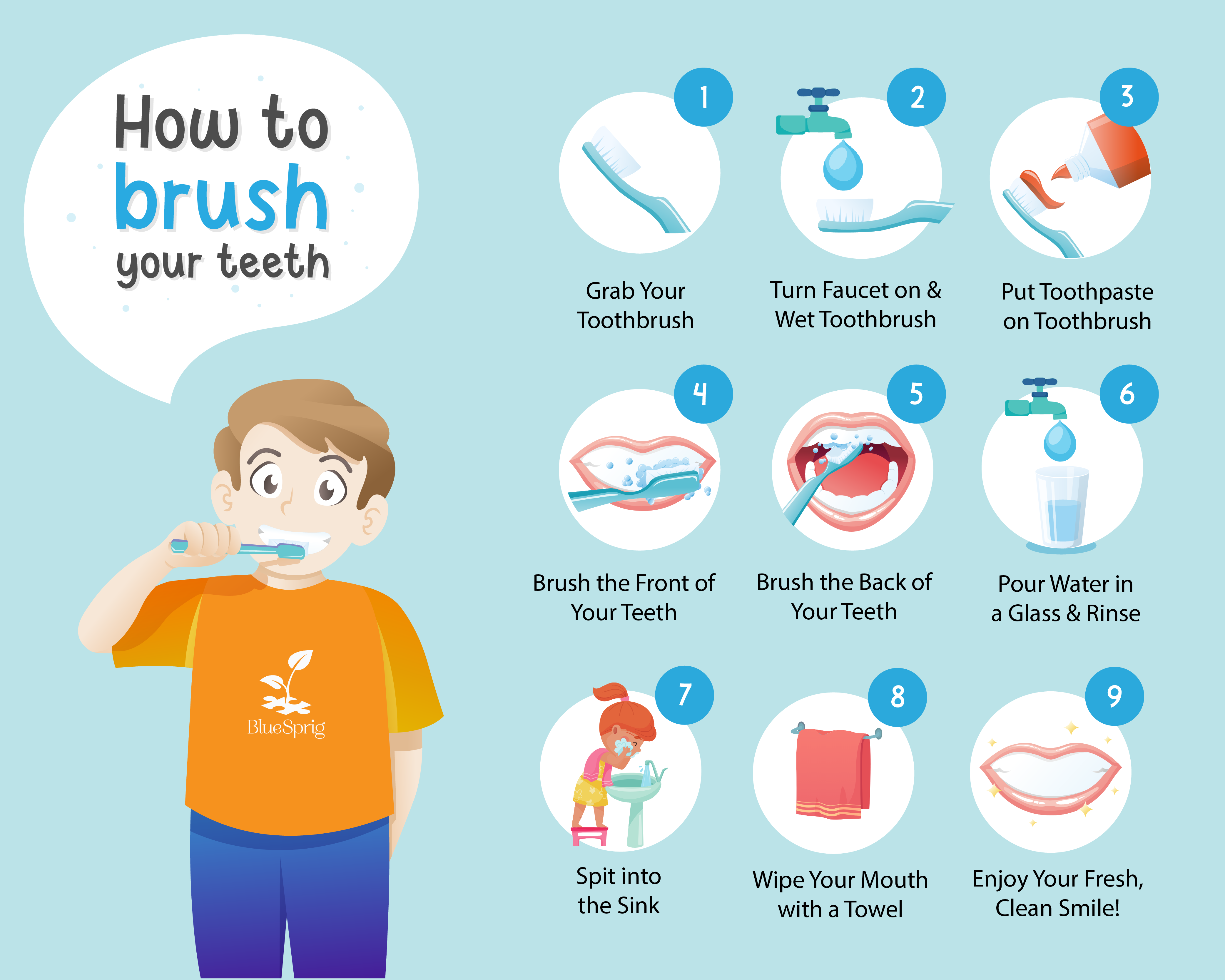Maintaining good personal hygiene can be a daunting task for any child, but for those with autism, it can pose a unique set of challenges. Therefore, it is vital to have a thorough hygiene plan to make these tasks easier to manage. By leveraging a structured hygiene checklist, parents and caregivers can ensure children with autism successfully develop personal care skills, ultimately fostering greater independence.
Understanding the Hygiene Challenges in Autism
Often, children with autism have heightened sensitivities to certain sensations, such as touch, smell, or sound, making tasks like teeth brushing or hair washing more difficult. The interplay between these sensory issues and the need for predictable routines can add to the complexity of teaching personal hygiene to these children. Comprehending these unique challenges is fundamental to forming an effective hygiene strategy for children with autism. Recognizing their struggles with change or with certain textures and smells is the first step towards creating a plan that is tailored to their needs, helping them better manage their daily hygiene tasks. Also, parents should identify hygiene tasks that are developmentally appropriate for the child based on their age and existing skills.
The Importance of Routine in Teaching Hygiene Autism Skills
Routine is a cornerstone in helping children with autism understand the world around them, giving them a sense of predictability. When applied to personal hygiene, it can transform potentially stressful activities into more manageable tasks. Consistency in actions, like a regular shower routine, can gradually make this an expected, less daunting part of their day. Repeating the same steps in sequence each time helps the child understand and become familiar with the process. However, it’s important to remember this may take time and requires ample patience. The emphasis should be on creating a secure, repetitive structure for hygiene activities that the child can depend on.
Utilizing Visual Supports for Autism Hygiene Education
Visual learning tools coupled with behavior analytic strategies such as positive reinforcement and prompts can be a game-changer when it comes to instilling hygiene skills. Graphic schedules or social narratives that visually represent each stage of a task can serve as a dependable guide for the child, reinforcing the concept of routine. These tools are especially advantageous for tasks such as hand washing steps. Through a visual guide that breaks down the process into sequential steps, the child can anticipate what comes next, alleviating anxiety and rendering the task more manageable.

Breaking Down Tasks into Manageable Steps
For a child with autism, attempting to complete a hygiene task in its entirety can often be overwhelming. A technique called task analysis can make this easier. This involves dividing a larger task into simpler, manageable steps. For instance, instead of instructing the child to "brush your teeth", the task can be subdivided into a sequence: "pick up your toothbrush, apply toothpaste, brush the top teeth, brush the bottom teeth, rinse the brush, rinse your mouth." By breaking down complex tasks into manageable actions, we can help lessen anxiety, simplify the process, and promote understanding. Once the task analysis is established, chaining is often used as a teaching strategy and there are different various (e.g., backward, forward, total task) that can aid in learning. Task analyses and chaining can be powerful tools for teaching personal hygiene to children with autism.

Fostering Independence and Building Confidence
As children with autism become adept at their personal hygiene routines, it’s essential for parents and caregivers to gradually reduce their level of involvement. This reduction encourages self-sufficiency and strengthens the child’s belief in their own abilities. As these routines become more familiar, the child may even begin to anticipate and enjoy these tasks. However, it’s crucial to remember that the ultimate goal isn’t just about getting them to manage their hygiene independently. It’s about enabling them to perform these tasks without feeling anxious or overwhelmed. By accomplishing this, we not only aid in their development of essential life skills, but we also bolster their self-esteem, contributing to their overall well-being.
Learn More
BlueSprig is here to help! To explore our resources or to get started with services, visit our website or reach out to our dedicated team today. With BlueSprig’s support, managing personal hygiene tasks can become an empowering part of your child’s daily routine, instead of a daunting task. Your journey to achieving a more relaxed, structured, and manageable hygiene routine for your child starts with BlueSprig.